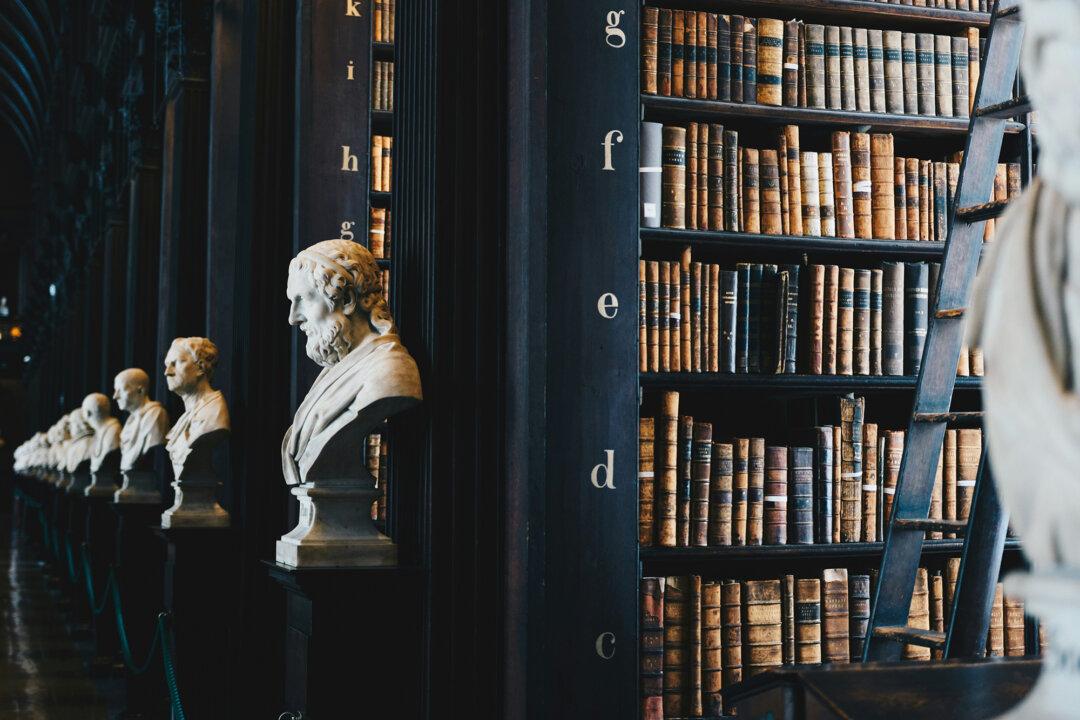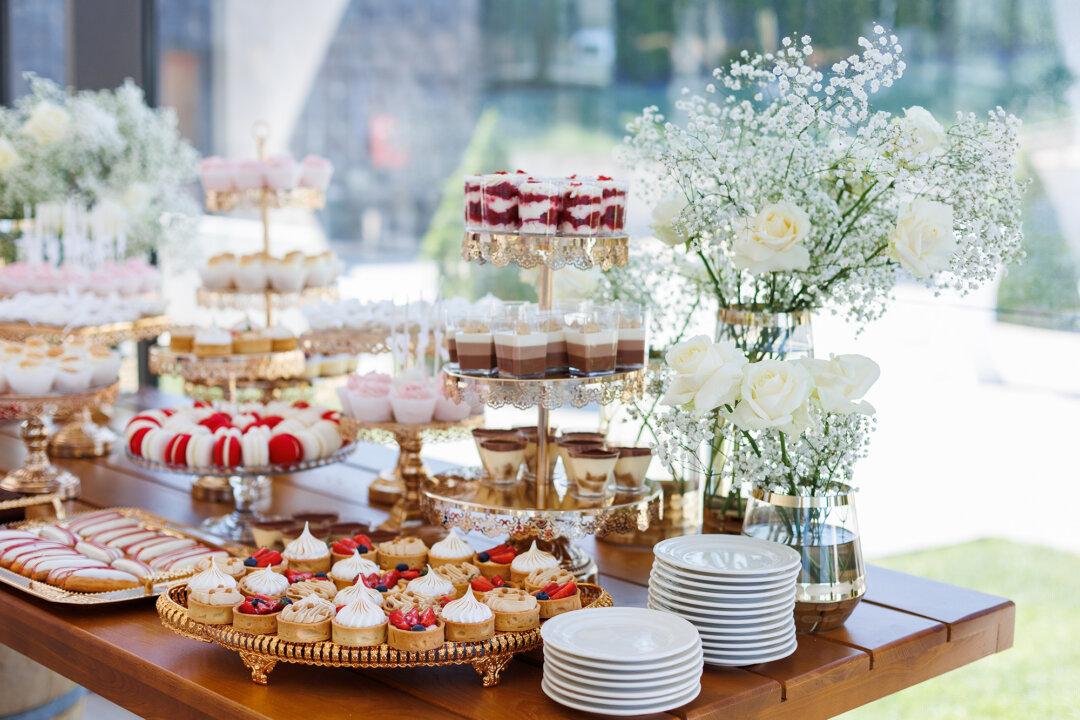Mentors come in many shapes, sizes, and guises.
That high school football coach who pushed you through two-a-day pre-season practices in August, shouting, cajoling, and commanding until you and your buddies were puddles of perspiration, taught you toughness and perseverance. That college professor whose inexhaustible pen left a river of red ink on your essays brought you to tears in your dorm room at night, but made a writer of you. That boss in accounting who checked and rechecked your work made you miserable for months, but set you off on a successful career path.






